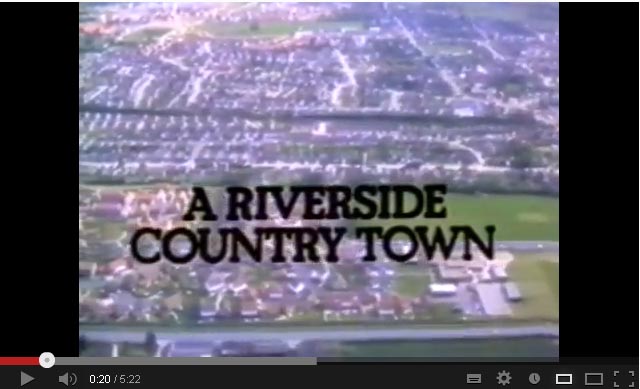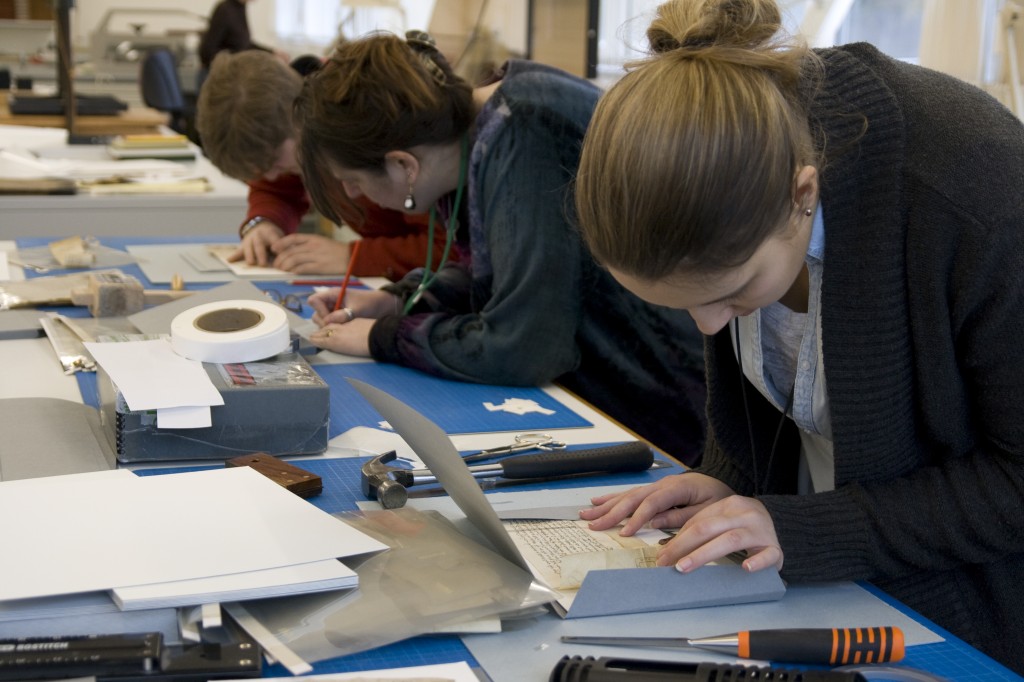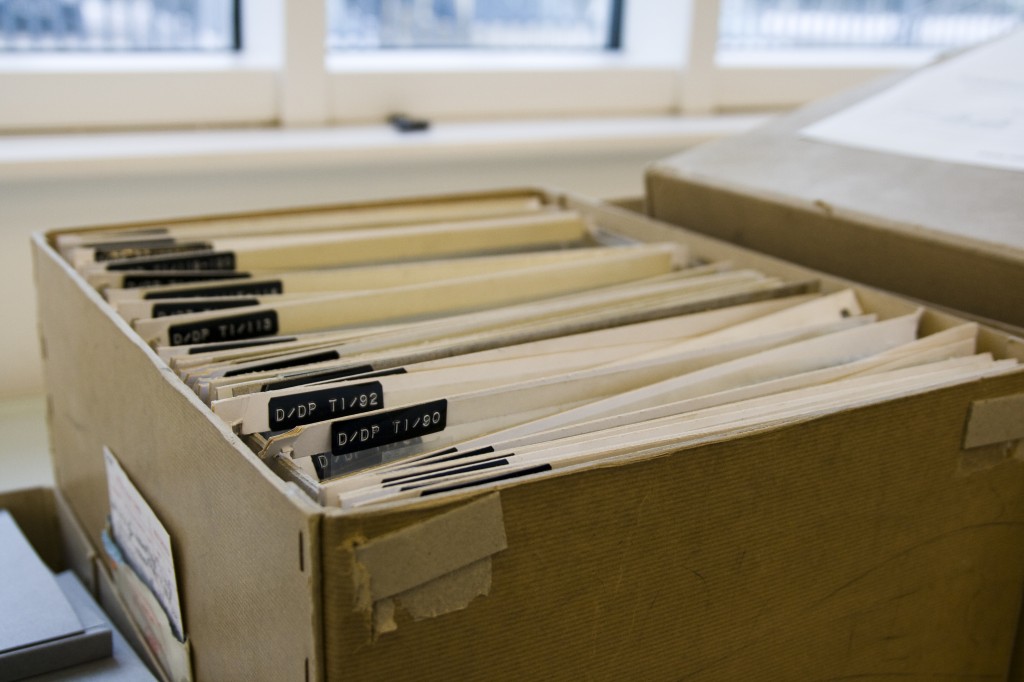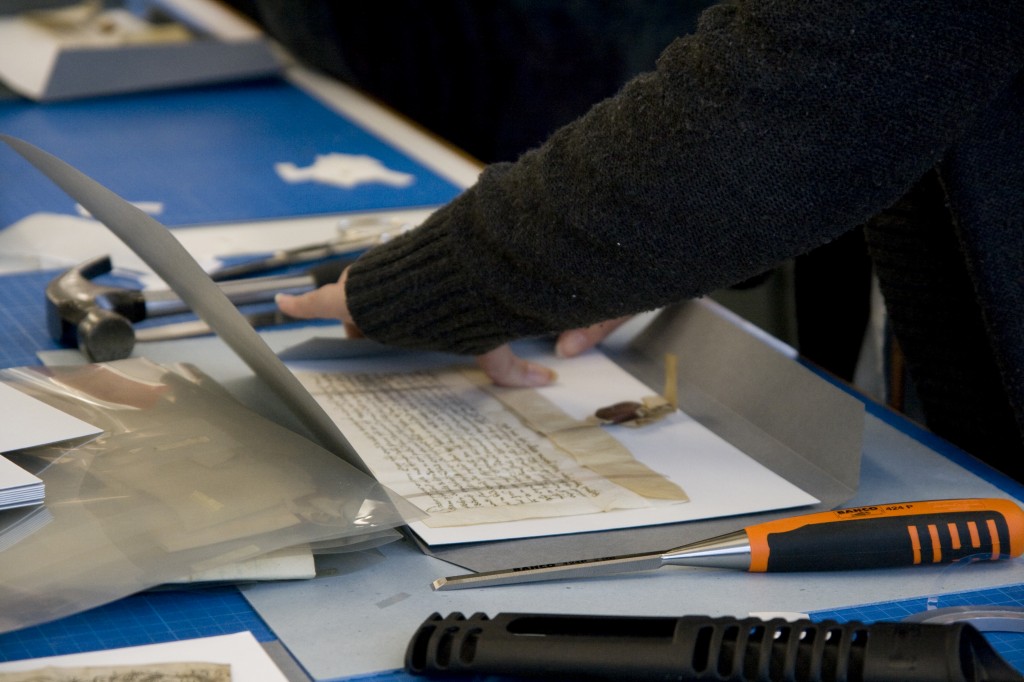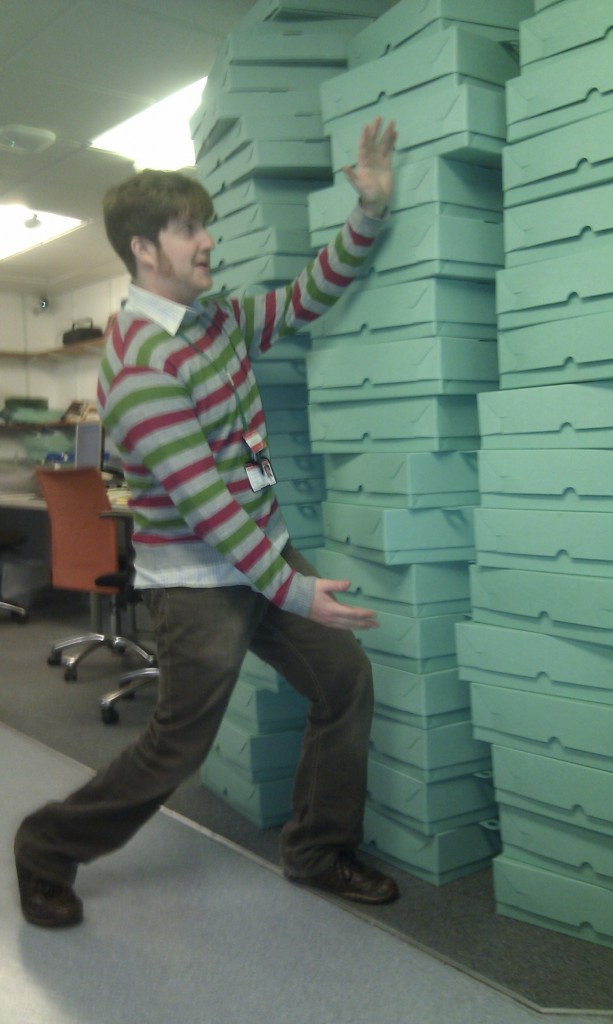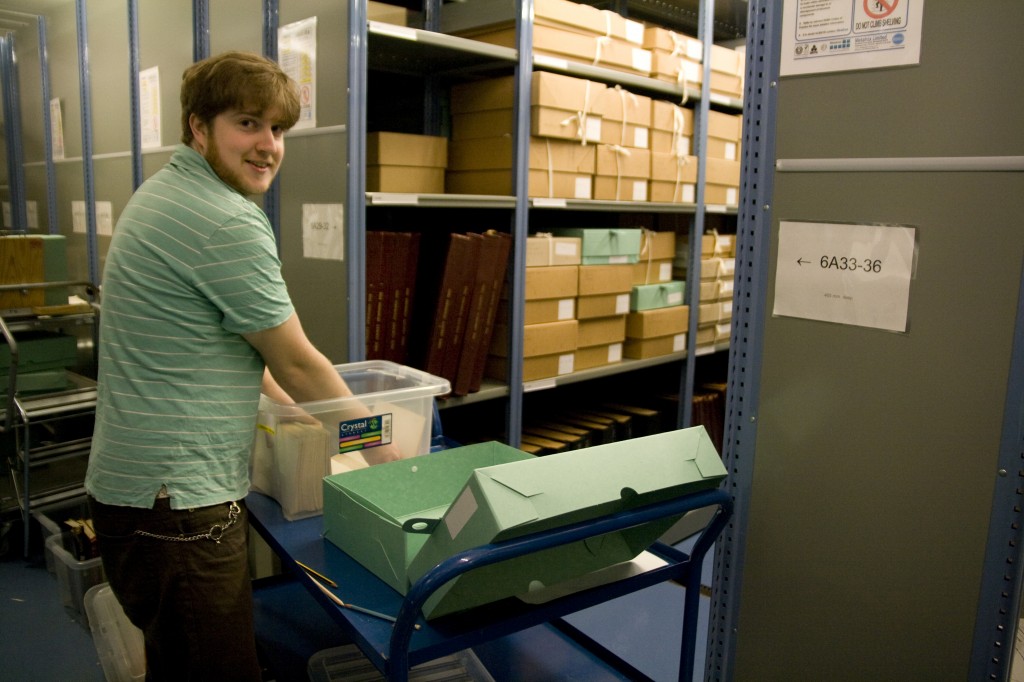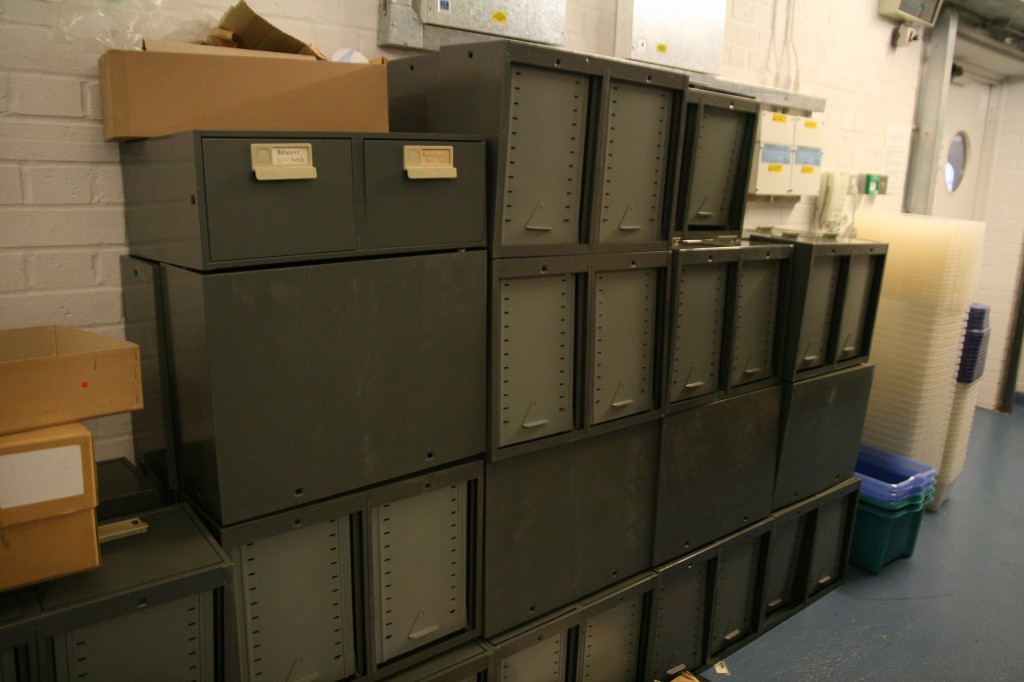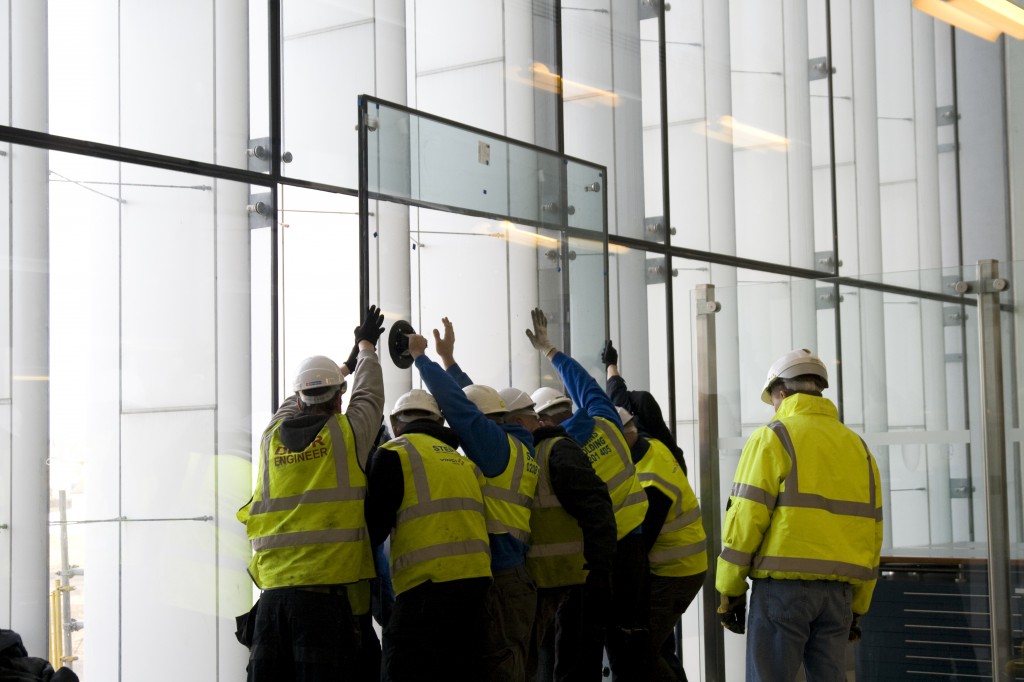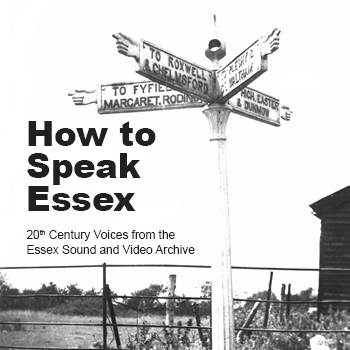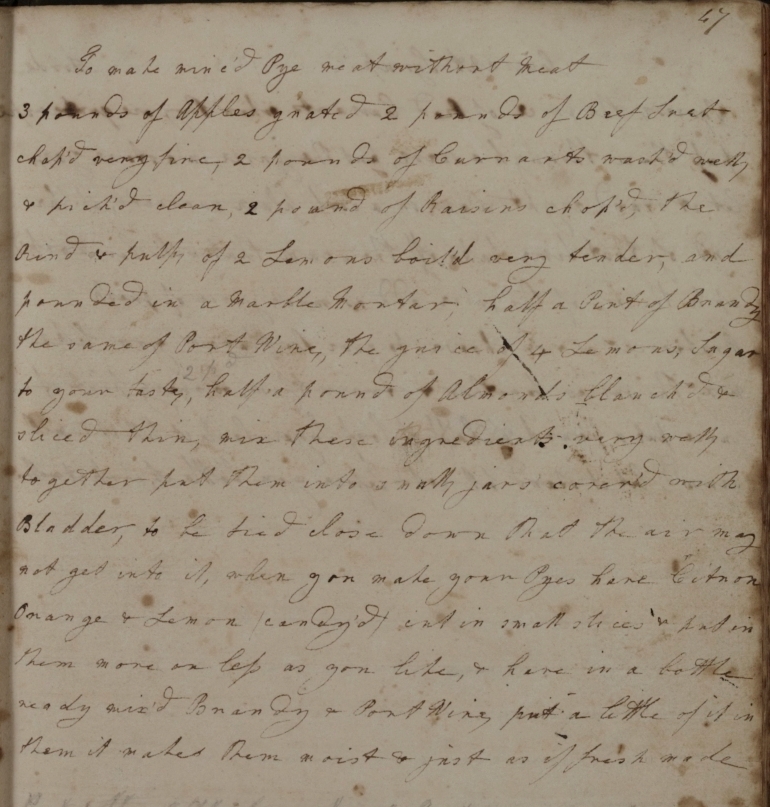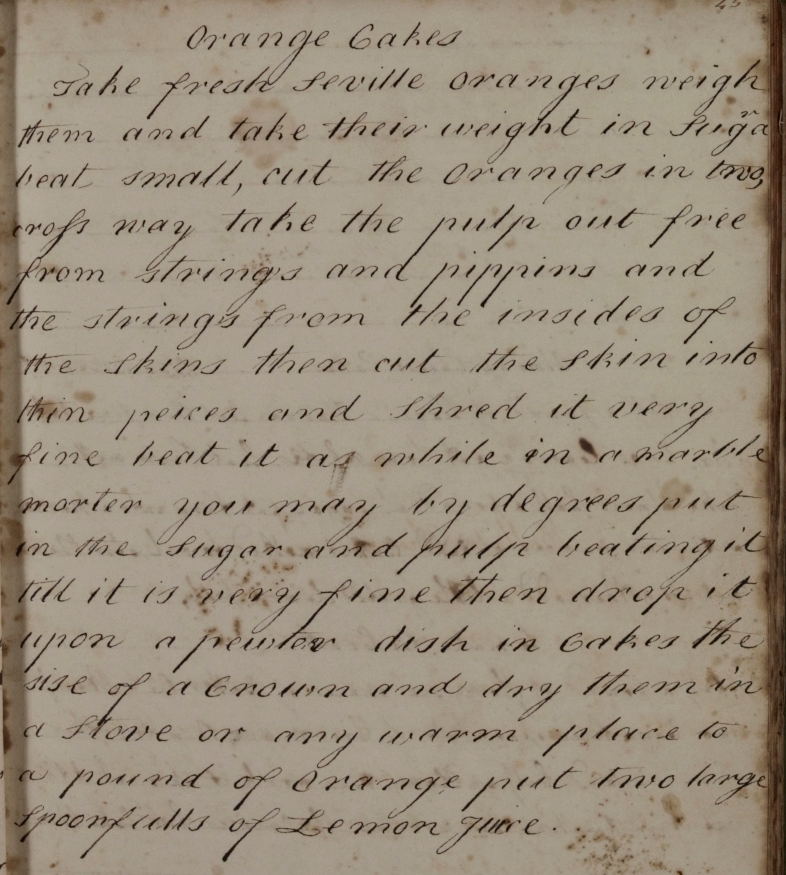Our regular users may already be familiar with our Essex Ancestors service, which allows subscribers to view digital images of Essex parish registers and wills.
These are two of the most important and useful resources for family historians. Parish registers contain baptisms, marriages and burials for each parish in Essex, while wills can give you fascinating information about your ancestor’s lives.
Launched in November 2011, the service initially included all of our pre-1837 registers, and post-1837 registers for parishes beginning with letters A-F, along with about 20,000 of our 70,000 wills.
After much hard work from our digitisers, archivists and software developers, we have now completed the process of uploading the post-1837 registers for parishes from G-W. This amounts to 228,786 images!
You can use the Essex Ancestors service free in the ERO Searchroom, or from home as a subscriber. Find out how to subscribe on the Essex Ancestors home page, where you can also access the user guide and FAQs.
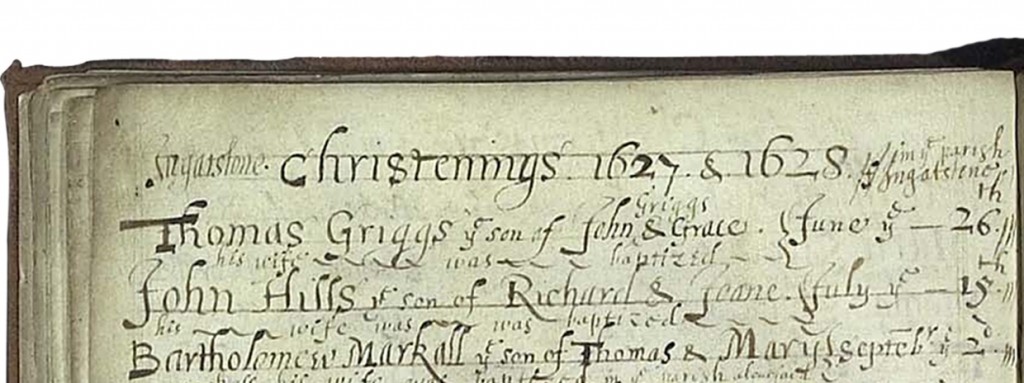
Parish registers are some of the most useful resources for family historians, and can date back to 1538.
Register of baptisms, marriages and burials for St Edmund and St Mary, Ingatestone, 1558-1732 (D/P 31/3/1)
User tips
– Always check before you subscribe that the images you want are definitely available. Not all registers from every parish have survived or been deposited with us, and currently only 20,000 wills of our total collection of 70,000 have been uploaded
– To be certain whether images have been published for a particular register, view its catalogue description. If there is not an image available, you will simply see a description of the document. If there is an image available, there will be a box on the right hand side with an Essex Ancestors logo.
– We cannot publish images of marriage registers post-1957
Next steps for Essex Ancestors
The current update will mean that Essex Ancestors covers almost the complete historic county of Essex. Just one small area will be completely missing: registers for the London Borough of Waltham Forest, covering the parishes of Chingford, Leyton (including Leytonstone) and Walthamstow, are held by Waltham Forest Archives. A project to copy these Waltham Forest registers is due to be completed in 2013.
We have also started work on digitising our remaining wills, this is a big job involving our Conservation Studio as well as digitisation, so look out for more updates in the future.
In the meantime – happy searching!

